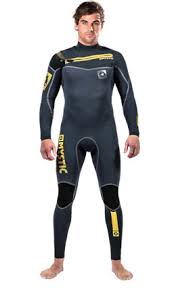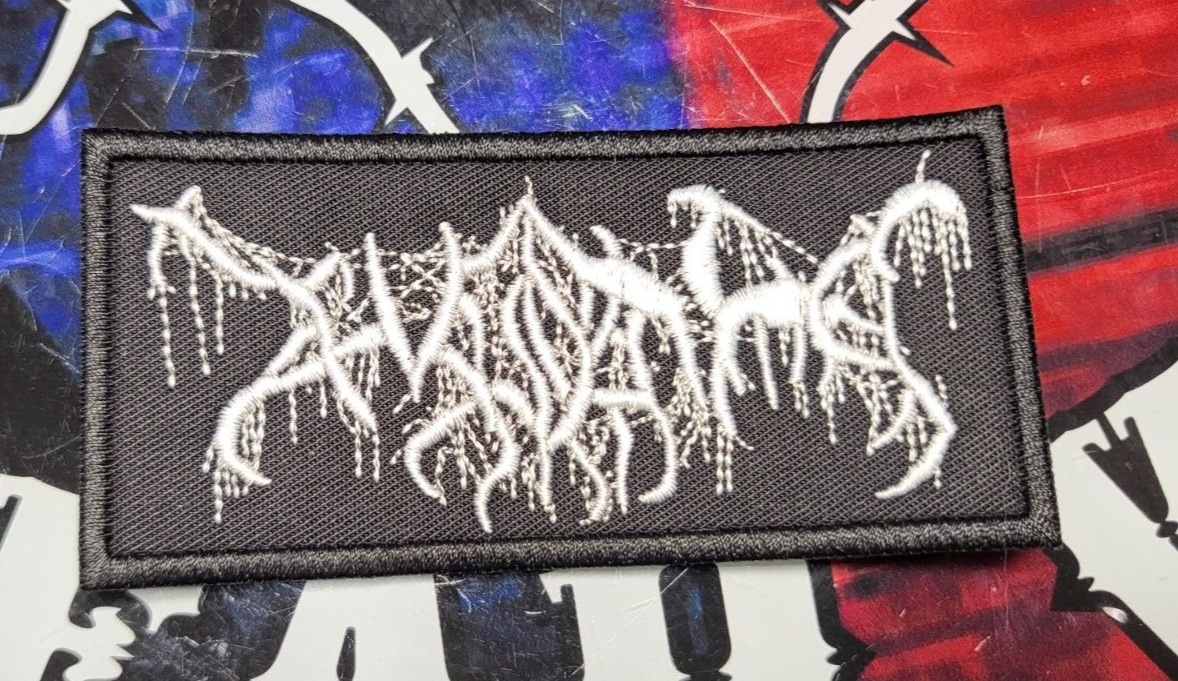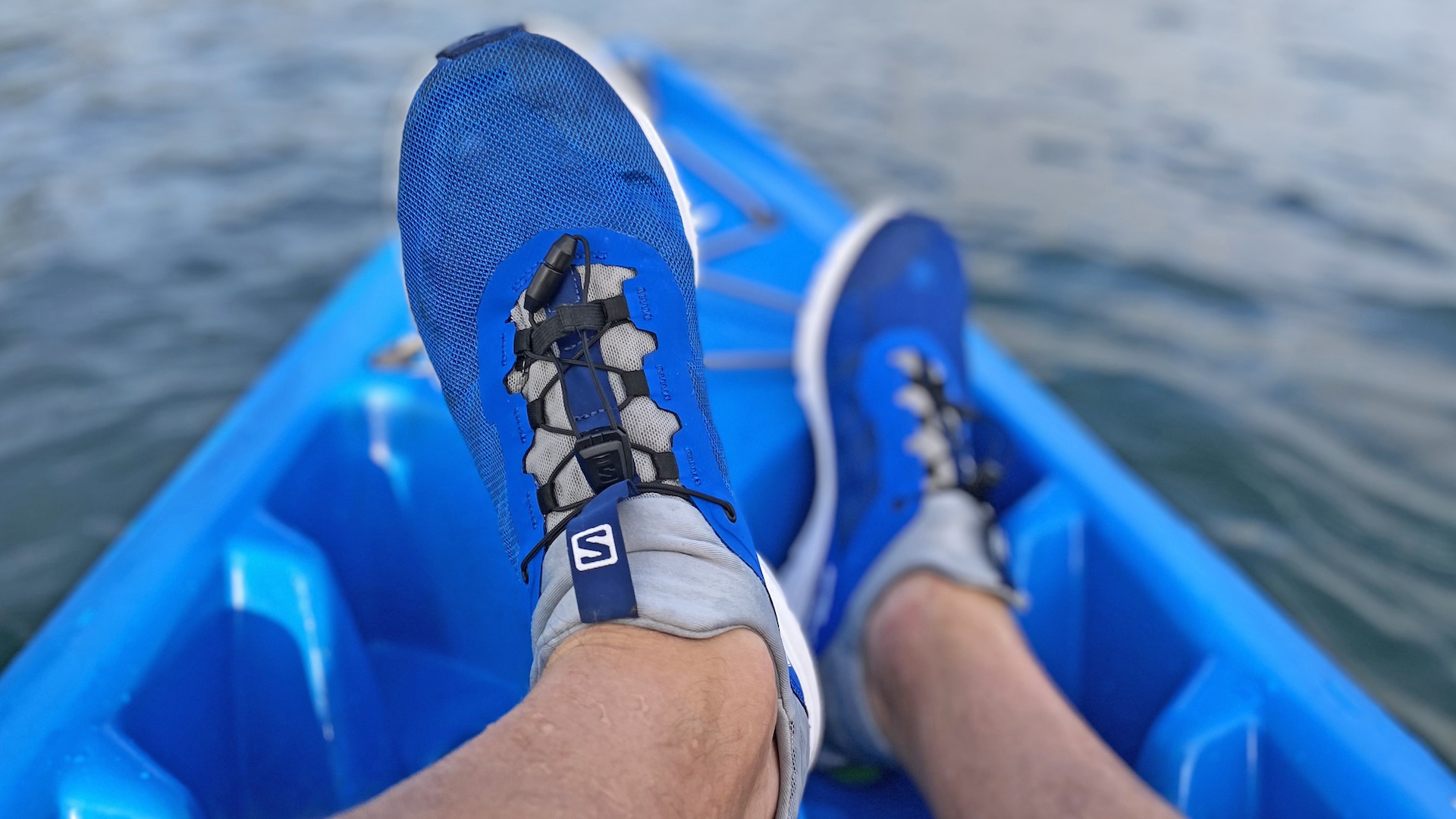Australia’s coastline spans thousands of kilometres and includes everything from tropical reefs to chilly southern swells. So if you’re regularly in the water—surfing, swimming, paddling, or diving—you might wonder: Can one wetsuit cover you for all seasons, or do you really need more than one?
The answer depends on where you live, what you’re doing, and how sensitive you are to cold. In this blog, we’ll explore how wetsuit performance changes with the seasons, and whether a single suit can meet your year-round needs in Australia.
Understanding Wetsuit Functionality
A wetsuit works by trapping a thin layer of water between your skin and the neoprene. Your body warms this layer, and the suit’s insulation helps retain that heat. But how well this works depends on:
- Wetsuit thickness (measured in millimetres)
- Suit design (full suit, springsuit, shorty, or long john)
- Fit and layering (tight seal, plus optional thermal accessories)
Different seasons and locations bring different challenges, so the right wetsuit in summer might not be enough come winter.
Australian Waters: A Climate Overview
Australia’s marine environment is as varied as its land. Ocean temperatures and conditions shift dramatically between the tropical north and the cooler southern coasts.
Northern Australia (QLD, NT, northern WA)
- Water temps: Generally warm year-round (24–30°C)
- Wetsuit needs: In most cases, lightweight wetsuits or rashies are enough. In stinger season, full-body suits or stinger protection are common.
Southern Australia (VIC, TAS, southern NSW, southern WA)
- Water temps: Can dip below 15°C in winter
- Wetsuit needs: A thicker suit (3/2mm to 5/4mm) is often needed in colder months, particularly for surfing or diving
For a full range of gear suited to both warm and cool water conditions, browse this collection of wetsuit Australia options that are built to handle various marine climates.
Factors That Influence Year-Round Suitability
1. Water Temperature by Region
Australia’s ocean temps can swing more than 10°C between summer and winter depending on the coast. For example:
- Gold Coast: 21–27°C
- Melbourne: 12–20°C
- Perth: 18–24°C
These changes influence what wetsuit thickness and coverage you need.
2. Type of Water Activity
- Surfing: Long sessions in windy, cold surf demand thicker suits
- Open water swimming: Needs flexibility and lightness, sometimes at the expense of warmth
- Snorkelling or kayaking: Exposure to wind and splash makes a wetsuit or thermal top helpful in all but the warmest conditions
3. Your Personal Cold Tolerance
Some people naturally feel the cold more. If that’s you, you may benefit from a thicker suit or layering—even when others are fine in a springsuit.
When One Wetsuit Might Be Enough
If you live in a temperate zone like Sydney, Brisbane, or Perth, and only swim or surf casually, a midweight full suit (around 3/2mm) might serve you well across most of the year. With the right fit, and perhaps the addition of a thermal top underneath or a neoprene vest, it’s possible to stretch your gear’s seasonal range.
When You Might Need Multiple Wetsuits
Summer vs Winter Use
- Springsuit (short arms/legs): Great for warm summer sessions
- Full suit (3/2mm–5/4mm): Necessary in winter, especially in the south
- Accessories: Adding a hood, gloves, or booties can make a big difference
Activity-Specific Needs
- Swimming wetsuits are designed for flexibility and speed
- Surf wetsuits focus more on warmth and durability
- Diving wetsuits need to retain heat during low-movement underwater sessions
Owning more than one suit gives you flexibility and ensures you’re not sacrificing comfort or performance in any season.
Tips for Maximising a Single Wetsuit’s Use
- Layer up: Add a neoprene vest, thermal top, or rashie underneath for extra warmth
- Use accessories: Hoods, gloves, and booties are compact ways to extend your suit’s usefulness
- Store it well: Rinse after use, dry in the shade, and avoid creasing—this preserves its insulating ability
- Upgrade smart: If buying a second suit, pick one that complements your existing gear for opposite seasons
In Closing
So, can you use the same wetsuit year-round in Australia? Yes—if you live in a milder climate, do shorter sessions, and choose your gear carefully. But for those in colder regions or active across all seasons, having more than one wetsuit can dramatically improve comfort, performance, and safety.
Australia’s diverse waters demand versatile solutions. Whether you’re layering up in winter or gliding through summer surf, the right wetsuit—or combination of gear—can keep you in the water all year long.










